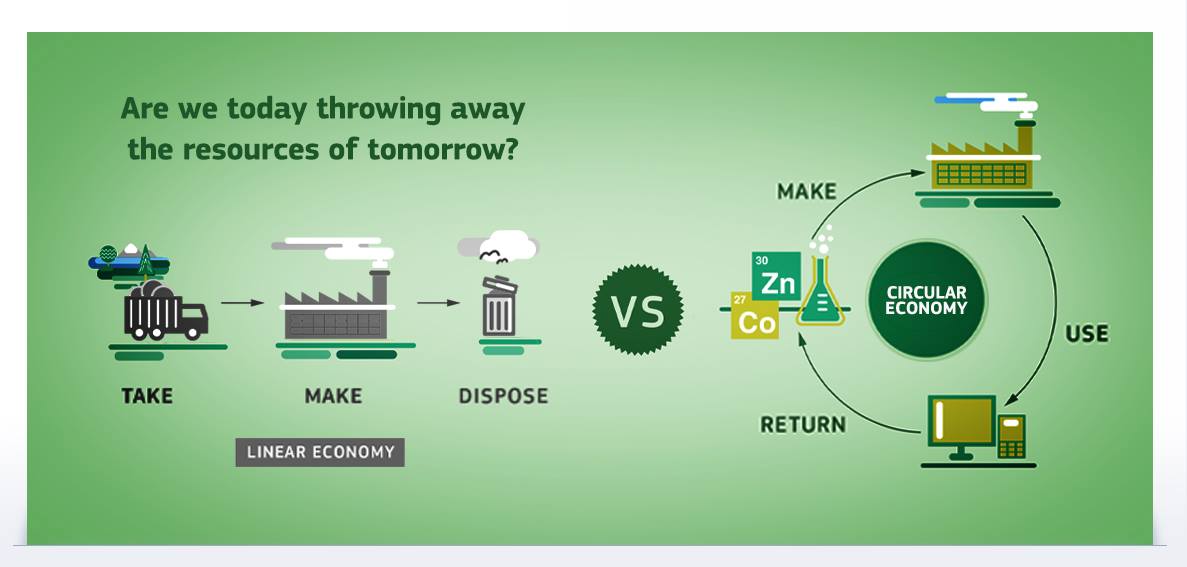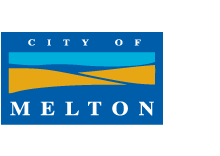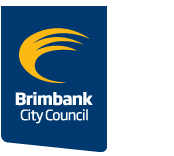A circular economy will be essential in a low-carbon world. It means minimising resources and energy in manufacturing, keeping materials and products in use for as long as possible and at their highest value, and avoiding pollution and disposal. It goes way beyond recycling and offers multiple benefits – value-adding and creating new industries and jobs, providing connections in local communities, and reducing waste and greenhouse emissions.
Local government can directly facilitate a circular economy. Of course, councils have a central role in waste management and can leverage their existing services and facilities; for example, through ‘food and garden organics’ (FOGO) kerbside collections and large-scale composting. They can also foster a culture of waste minimisation through community education and residential programs. An example is the popular ‘My Smart Garden’ program, run by Moonee Valley, Hobsons Bay and Maribyrnong Councils, which encourages people to compost, use water wisely and reduce other waste, while growing productive gardens.
Councils can and do also support sustainable – and circular – economic development. This is especially apt in the west of Melbourne, with its strong industrial base and established recycling businesses.
Here are a few important recent developments:
- Wyndham City has just joined the ASPIRE program. That stands for ‘Advisory System for Processing, Innovation and Resource Exchange’ and was started by CSIRO in the north of Melbourne. The program works with councils to match resources and materials, which would otherwise be waste, between businesses for re-manufacturing, reuse and recycling. Velisha National Farms aims to join the program to turn its biomass waste, such as zucchinis which are too big to sell, into value-added products such as chips and additives for livestock fodder. It’s part of the company’s wider plan for sustainable business practice.
- The Alex Fraser Group continues to be a sustainability champion in the region. It recently received the AAPA Award for Innovation (Victoria) for its new Sustainable Materials Supply Hub in Laverton North. The company is known for recycling waste construction material but also diverts packaging, including millions of glass and plastic bottles, from landfill. This is not material which can and should be remanufactured into new packaging, but problematic waste streams which are unable to be recycled using traditional methods. Glass ‘fines’, for instance, are too small to colour-sort to make new bottles, but work well as an additive to roadbase and in other infrastructure. One application was in Victoria’s Kororoit Creek Road Level Crossing Removal Project, where Alex Fraser’s recycled glass ‘sand’ was used as bedding material for the service conduit housing communications and power cables.
- ‘Repurpose It’ is a highly innovative waste and recycling business, actively working towards 100% zero waste to landfill across its large portfolio. The business runs transfer sites and waste and recycling collections and reprocesses a huge range of materials. This year, ‘Repurpose It’ opened a $8.5 million fixed washing plant, recycling C&D and excavation materials usually rejected by other reprocessors because the materials are too contaminated, inert or otherwise unsuitable. The resulting ‘sand’ is used in concrete and other applications. An independent life cycle assessment of the washing plant showed that it has a low greenhouse emissions footprint. For every 100,000 tonnes of materials processed, 5,000 tonnes of CO2 are generated per annum, compared to the industry average of 22,000 tonnes of CO2. About 168 kilograms of CO2 is saved per tonne of material diverted from landfill. Okay, so the ‘Repurpose It’ facility is located in Epping, officially a neighbour of the WAGA region, but we’re happy to publicise this exciting new development in our close vicinity and only 30 kilometres from the centre of Melbourne.
(Published by the Western Alliance for Greenhouse Action)








